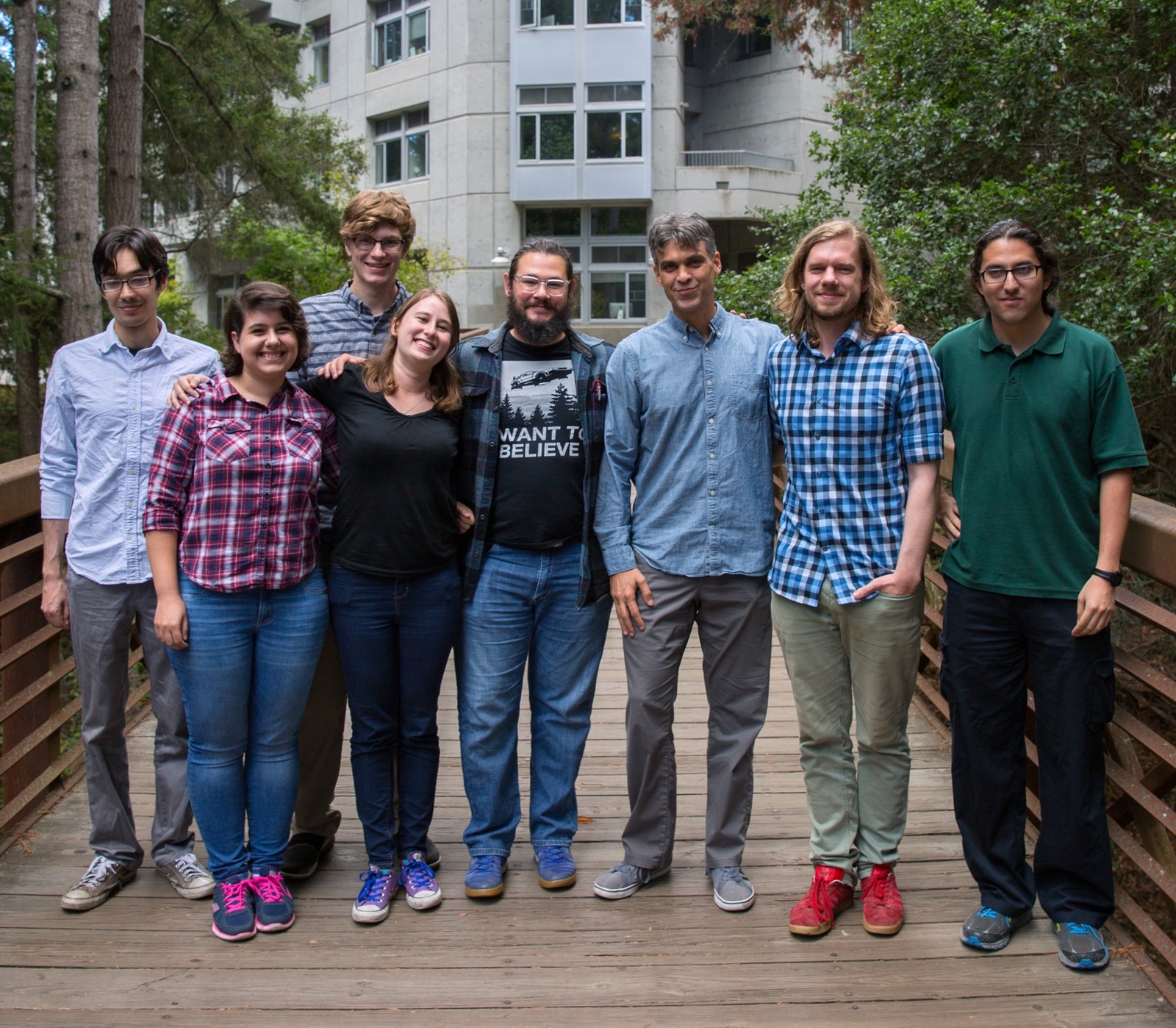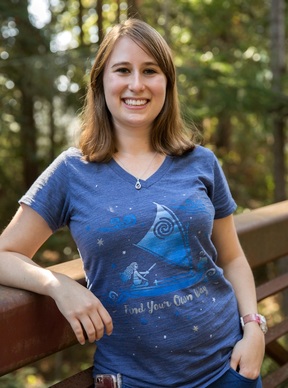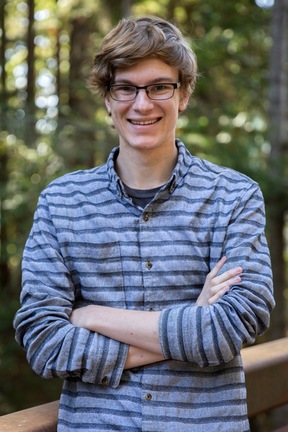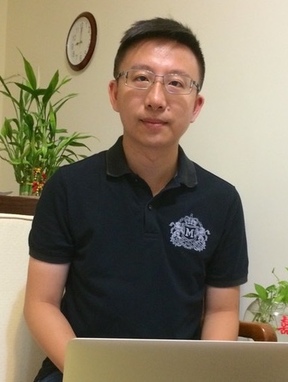Youth power

Graduate students and post-doctoral scholars at UC Santa Cruz played key roles in the dramatic discovery and analysis of colliding neutron stars







Astronomer Ryan Foley leads a team of young graduate students and postdoctoral scholars who have pulled off an extraordinary coup. Following up on the detection of gravitational waves from the violent merger of two neutron stars, Foley’s team was the first to find the source with a telescope and take images of the light from this cataclysmic event. In so doing, they beat much larger and more senior teams with much more powerful telescopes at their disposal.
“We’re sort of the scrappy young upstarts who worked hard and got the job done,” said Foley, an untenured assistant professor of astronomy and astrophysics at UC Santa Cruz.
The discovery on August 17, 2017, has been a scientific bonanza, yielding over 100 scientific papers from numerous teams investigating the new observations. Foley’s team is publishing seven papers, each of which has a graduate student or postdoc as the first author.
“I think it speaks to Ryan’s generosity and how seriously he takes his role as a mentor that he is not putting himself front and center, but has gone out of his way to highlight the roles played by his students and postdocs,” said Enrico Ramirez-Ruiz, professor and chair of astronomy and astrophysics at UC Santa Cruz and the most senior member of Foley’s team.
“Our team is by far the youngest and most diverse of all of the teams involved in the follow-up observations of this neutron star merger,” Ramirez-Ruiz added.
Charles Kilpatrick, a 29-year-old postdoctoral scholar, was the first person in the world to see an image of the light from colliding neutron stars. He was sitting in an office at UC Santa Cruz, working with first-year graduate student Cesar Rojas-Bravo to process image data as it came in from the Swope Telescope in Chile. To see if the Swope images showed anything new, he had also downloaded “template” images taken in the past of the same galaxies the team was searching.
“In one image I saw something there that was not in the template image,” Kilpatrick said. “It took me a while to realize the ramifications of what I was seeing. This opens up so much new science, it really marks the beginning of something that will continue to be studied for years down the road.”
At the time, Foley and most of the others in his team were at a meeting in Copenhagen. When they found out about the gravitational wave detection, they quickly got together to plan their search strategy. From Copenhagen, the team sent instructions to the telescope operators in Chile telling them where to point the telescope. Graduate student David Coulter played a key role in prioritizing the galaxies they would search to find the source, and he is the first author of the discovery paper published in Science.
“It’s still a little unreal when I think about what we’ve accomplished,” Coulter said. “For me, despite the euphoria of recognizing what we were seeing at the moment, we were all incredibly focused on the task at hand. Only afterward did the significance really sink in.”
Just as Coulter finished writing his paper about the discovery, his wife went into labor, giving birth to a baby girl on September 30. “I was doing revisions to the paper at the hospital,” he said.
It’s been a wild ride for the whole team, first in the rush to find the source, and then under pressure to quickly analyze the data and write up their findings for publication. “It was really an all-hands-on-deck moment when we all had to pull together and work quickly to exploit this opportunity,” said Kilpatrick, who is first author of a paper comparing the observations with theoretical models.
Graduate student Matthew Siebert led a paper analyzing the unusual properties of the light emitted by the merger. Astronomers have observed thousands of supernovae (exploding stars) and other “transients” that appear suddenly in the sky and then fade away, but never before have they observed anything that looks like this neutron star merger. Siebert’s paper concluded that there is only a one in 100,000 chance that the transient they observed is not related to the gravitational waves.
Ariadna Murguia-Berthier, a graduate student working with Ramirez-Ruiz, is first author of a paper synthesizing data from a range of sources to provide a coherent theoretical framework for understanding the observations.
Another aspect of the discovery of great interest to astronomers is the nature of the galaxy and the galactic environment in which the merger occurred. Postdoctoral scholar Yen-Chen Pan led a paper analyzing the properties of the host galaxy. Enia Xhakaj, a new graduate student who had just joined the group in August, got the opportunity to help with the analysis and be a coauthor on the paper.
“There are so many interesting things to learn from this,” Foley said. “It’s a great experience for all of us to be part of such an important discovery.”
